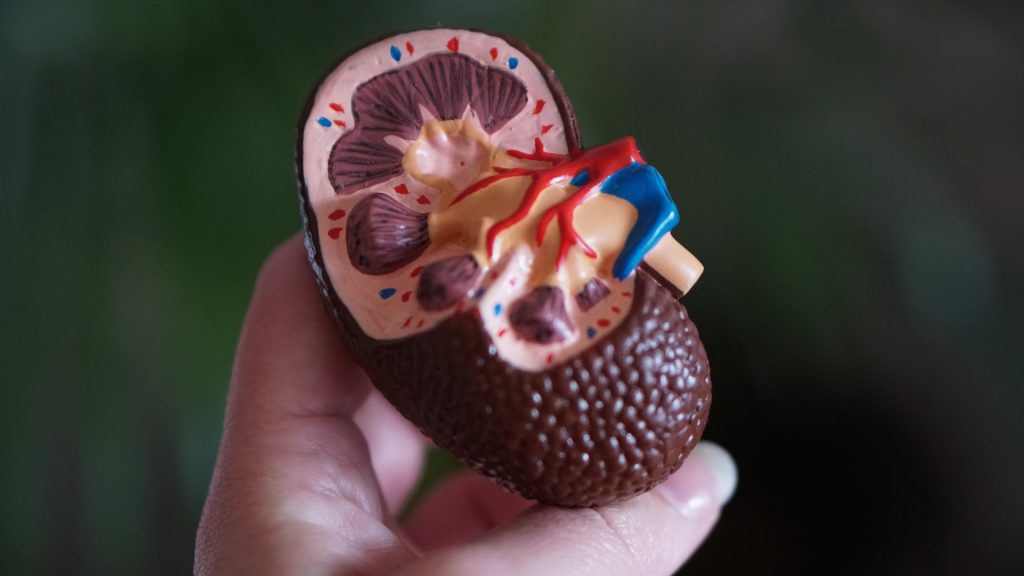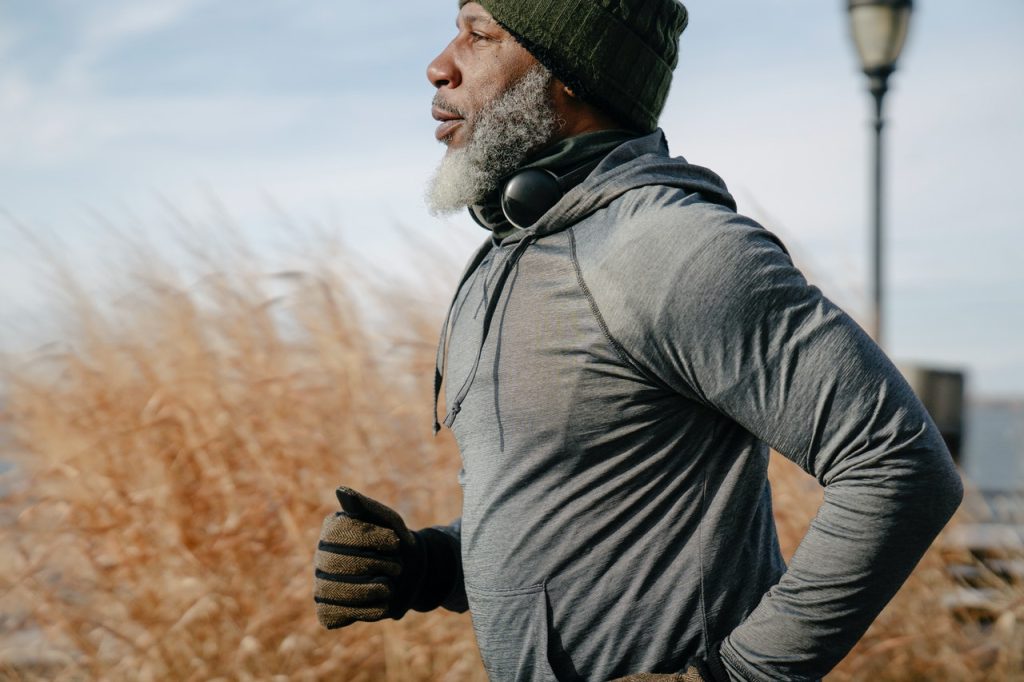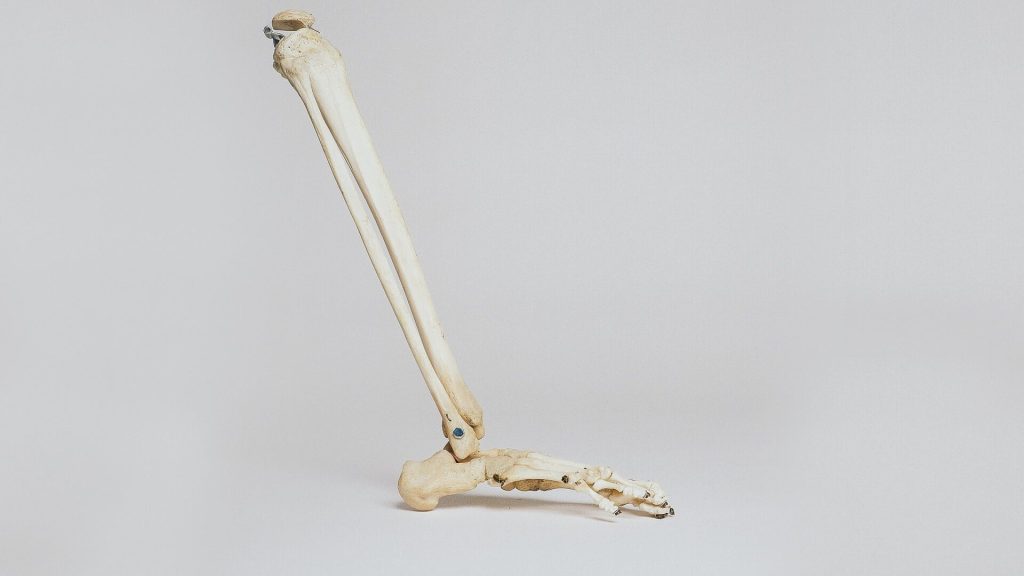SA’s Top 10 Health Topics to Watch in 2022

Spotlight highlights the country’s top 10 health topics to keep an eye on in 2022.
1. COVID prosecutions
Former health minister Dr Zweli Mkhize resigned amid allegations of wrongdoing in the Digital Vibes scandal, and hit back at the findings of the Special Investigations Unit, which had also implicated a number of top health department officials. Whether Health Minister Dr Joe Phaahla will take decisive action against those found guilty will be an important litmus test. Last year, Dr Phaahla assured the public that the department “is going to thoroughly and decisively act to ensure nothing is swept under the carpet”.
2. The NHI Bill
Public hearings on the National Health Insurance Bill will be done by the end of January, with feedback in February and final report by April 1. It then goes to the National Council of Provinces for a similar stakeholder process, and before the end of 2022 it could be signed into law.
To date, public inputs on the Bill were mostly on governance issues. A critical point this year is whether MPs will take these inputs on board and make significant changes to the bill, or whether they will simply force through the bill largely unchanged.
3. Medico-legal claims
With R74 billion in medico-legal claims against the state, the State Liability Bill is back on Parliament’s agenda. Instead of government departments paying a lump sum for successful medical negligence claims, the Bill proposes a new settlement structure of separate payments to relieve budgetary pressure on hospitals. Since the necessary final report from the South African Law Reform Commission is months away, Spotlight does not think the Bill will be passed this year – and first prize would be to prevent medico-legal claims from happening.
4. Healthcare budget cuts
Unfortunately, there is still no end in sight to continued budget cuts to healthcare. Employing more nurses could reduce medico-legal claims, but in fact there is a growing shortage of nurses. Even th Office of Health Standards Compliance is also hamstrung by inadequate funding, with only 61 inspectors to cover more than 5000 public healthcare facilities, putting off private sector inspections until next year.
5. HIV prophylaxis
With the extremely promising results of injectable pre-exposure prophylaxis (PrEP) for HIV, there is still a process to go through before it will be made available in South Africa this year. COVID has shown that processes can be sped up if there is the will, but whether there is the same drive to treat HIV remains to be seen. As such, PrEP will most likely only be available in public healthcare facilities by the end of 2023.
6. An end to the COVID pandemic
While South Africa is heading towards living with COVID as an endemic disease, it is impossible to predict what surprises the coronavirus will have in store for the world this year in the form of new variants. However, according to Director of the Medical Research Council, Professor Glenda Gray, the winter months will give us an idea of the direction the pandemic will take with a fifth wave. Vaccination will remain key to reducing its severity.
7. SA’s TB programme
COVID severely set back SA’s TB programme, but 2022 should see the arrival of a number of delayed initiatives. These include rollout of the relatively new 3HP prevention pills, the results of new X-ray detection technology and consequent possible changes to screening and testing, and an update to the Thembisa HIV model which will now include TB.
8. The National Mental Health Policy Framework
The new National Mental Health Policy Framework and Strategic Plan are expected to be finalised this year. However, as with the NHI, funding remains a problem. Only 5% of the current health budget goes to mental health services, and it only provides for one in 10 of those in need.
9. Improved procurement legislation
As illustrated by the government’s COVID procurement debacle, an overhaul is needed. Draft Public Procurement Bill proposes a single regulatory framework for all goods and services procured by government departments and has the potential to strengthen and streamline procurement processes. However, Spotlight notes that critically important pieces of legislation can simply vanish, as did the Medical Schemes Amendment Bill of 2018.
10. No-fault compensation fund
The COVID vaccine injury no-fault compensation fund has quietly fallen off the radar, with no payouts made to date. However, the NICD again urged people to report adverse events with the vaccine.
Source: Spotlight





